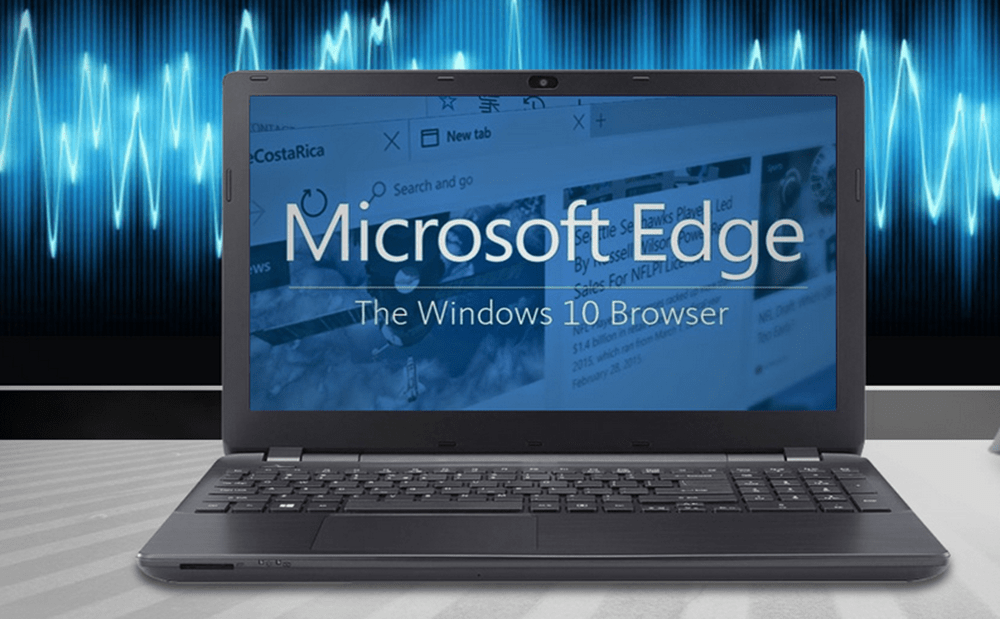 How to disable or remove MS Edge from Windows 10
How to disable or remove MS Edge from Windows 10
Although it was rebranded with a new name, the web browser that Microsoft includes by default in its Windows OS is still far from the success that its makers hoped it will have. Many users simply ignore it, while others actively seek to disable or remove it completely from their Windows systems and have as little as possible to deal with it. I personally make part of the first category: I prefer ignoring it, which can be done easily just by setting other browsers as the default ones. Unfortunately, this often seems to not be enough. MS Edge may still pop out once in a while, especially since it's tightly linked to other applications and Windows components. Actually, the fact that it's so closely connected to other Windows components is what also makes MS Edge so hard to remove from Windows. Anyway, here are the ways to get rid of MS Edge from your Windows 10 system.
Use specialized third-party software
This method is fast and simple, but it's also quite brutal and almost irreversible. Getting MS Edge back on to its initial state after using this method is a lot harder, therefore, in case removing Edge also alters other aspects of your Windows, fixing those aspects would be more difficult as well. You may never know the trouble you're getting into by using this method, and that's why I also don't recommend it, despite it being undeniably easier and faster than the latter one. Anyway, here it is:
1. download a little tool from here;
2. once you’ve download the file, extract it to any folder of your choice;
3. right-click the Uninstall Edge.cmd file and select Run as Administrator;
4. wait for the process to finish, then restart your computer. Once the computer is restarted, MS Edge should be uninstalled.
Manually rename and delete MS Edge core files
This method is considerably more complicated than the previous one, but it comes with the advantage that it allows easier reversing to the initial state of MS Edge and of the affected system components, in case things go wrong. In order to apply the changes to the MS Edge files, first you have to take administrative ownership over them. Here are the steps to follow:
1. Navigate to the C:\Windows\SystemApps\ folder;
2. Find the Microsoft.MicrosoftEdge_8wekyb3d8bbwe folder, right click it and choose Properties;
3. Go to Security tab and click the Advanced button.
The Security Tab
4. Once Advanced Security window opens, locate Owner section (it should be assigned to Trusted Installer) and click Change;
5. In Enter the object name to select, enter Administrators, if you’re using administrator account, or your account name and click Check Names. Click OK.
Changing Object / Name
6. Check the Replace owner on subcontainers and objects option and click Apply and OK to save changes.
7. Go back to the Security tab and click on Edit.
8. Select Administrators from the menu and in the Permissions for Administrators section select Full control. Then Click Apply and OK to save changes.
So far, you've just taken ownership over the MS Edge's folder. Now do the following:
1. Find again the Microsoft.MicrosoftEdge_8wekyb3d8bbwe folder, right-click on it, and choose Properties.
2. In the General tab, set the folder to Read-only. Make sure that the read-only option has a check mark and not an empty square.
Changing to Read-Only
3. Click Apply and OK to save the changes.
4. Open Microsoft.MicrosoftEdge_8wekyb3d8bbwe folder, click the View tab, and make sure File name extension option is checked.
5. Rename the MicrosoftEdge.exe and MicrosoftEdgeCP.exe files from this folder to MicrosoftEdge.old and MicrosoftEdgeCP.old respectively.
This will change the extensions of the files and disable Microsoft Edge completely. You can also delete these files, but that might lead to system instability.
Reversing these changes is simple this time: if you want or need to re-enable Microsoft Edge and undo any effects, then just rename the MicrosoftEdge.old and MicrosoftEdgeCP.old files back to MicrosoftEdge.exe and MicrosoftEdgeCP.exe.
Conclusion
MS Edge can be disabled using some Command Prompt lines as well, but that's even harder and less suitable for average users. Anyway, the conclusion is: yes, it can be done. MS Edge can be turned completely silent on your system, but the cost of doing it might not be worth it. I still consider that leaving Edge alone and setting any other browser that you prefer as the default one is a simpler and safer manner of reaching pretty much the same result.





Comments
Subscribe to comments